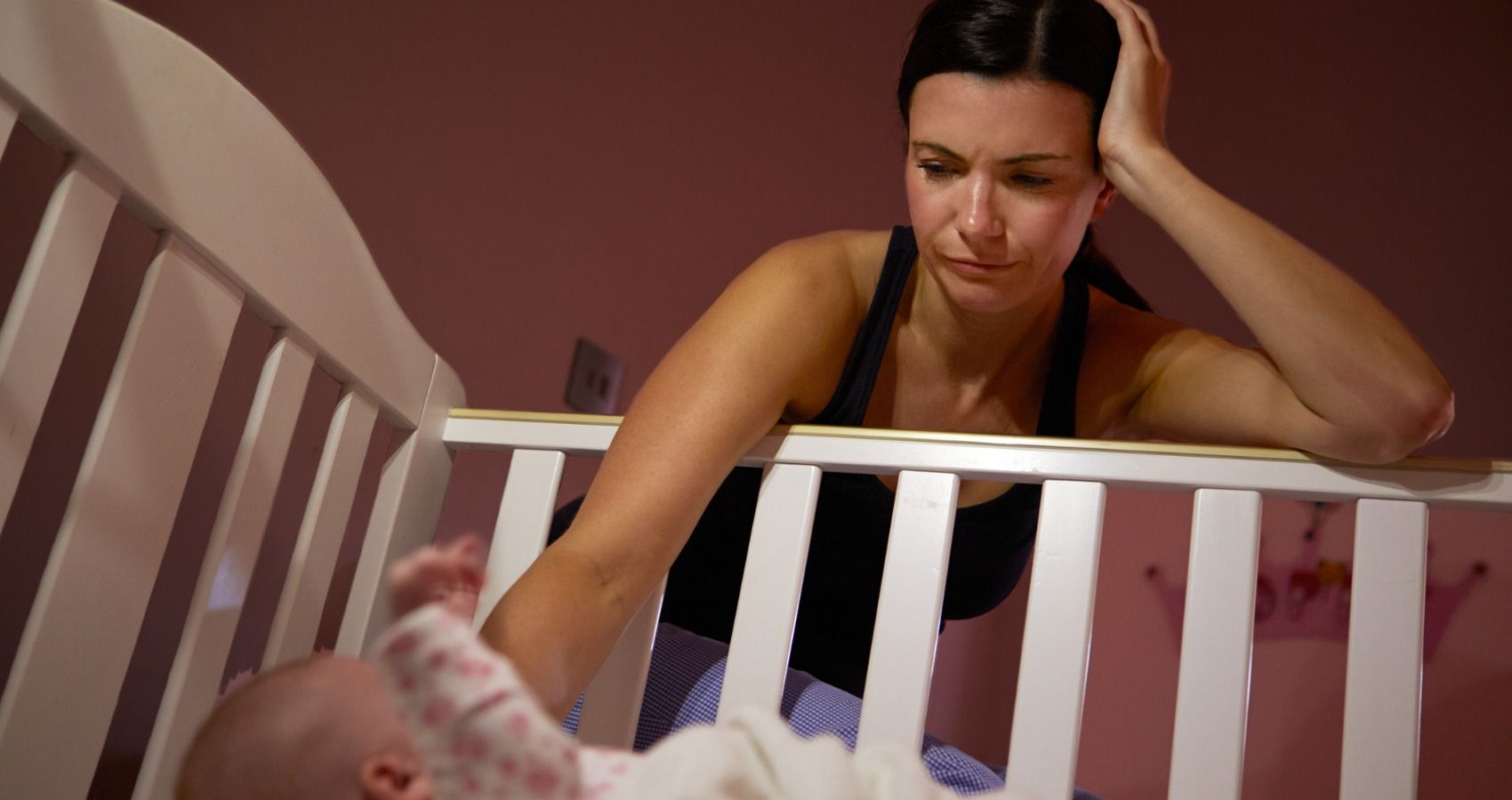As your baby gets older, you may start researching different sleep training methods to try to find the right one for your family. That's the number one thing to remember when deciding whether or not to sleep train - every family and every baby is different, so what works for one may not work for another. One popular sleep training method is the cry it out method. It's certainly not for everyone, but many families praise the method for helping their babies fall asleep and sleep longer on their own. If you're interested in exploring whether or not cry it out is right for your family, we have some information you might find helpful.
What is the "cry it out" method?
There's a common misconception about the cry it out method that likely turns a lot of parents off. Contrary to the name, this particular sleep training method is NOT about just letting your baby cry uncontrollably for extended periods of time until they finally fall asleep. The most popular version of cry it out, the Ferber method, is actually a process of putting your baby to bed awake, then returning to soothe them for short periods of time if they cry. By going into your baby's room after predetermined amounts of time, you're still comforting them and giving them reassurance, while still helping them learn how to self-soothe and fall asleep on their own.
There are a few important aspects of the cry it out method that are key to its success. First, you need to put your baby in their crib while they are still awake. You need to stick to the schedule; for example, most parents put their baby down and wait three minutes before going back in the first time. After the first three minutes, you can return but stay no longer than a minute at a time. Each time you leave, you stay out for longer and longer periods of time, until your baby is asleep. Most importantly, you shouldn't pick up your baby or stay in the room longer than one minute.
When can I start sleep training my baby?
Most experts and pediatricians agree: don't start sleep training too early! Babies 3 months old or younger are not ready to be sleep trained, as most babies this age are not night-weaned. By 4 months old, your baby begins to drop their nighttime feedings, and they're developing a regular sleep-wake schedule. It's recommended that you start sleep training when your baby is between 4-6 months old.
Why does sleep training work?
Babies aren't born knowing how to fall asleep or self-soothe. Like other skills, it's something they learn and develop. The theory behind the cry it out method and other forms of sleep training is that they will teach your baby how to fall asleep on their own, and be able to adjust to their natural sleep cycles and soothe themselves back to sleep when they wake at night. If a baby only falls asleep in their parent's arms, or is rocked and fed back to sleep every time they wake up, they become accustomed to it and will need that attention and help to fall asleep every time. Sleep training teaches babies to stop relying on outside assistance to fall asleep, and helps them develop the skills necessary to do it on their own.
Criticism of sleep training and crying it out
As with any aspect of parenting, the cry it out sleep training method has detractors. Some parents feel guilty about letting their child cry, and have a hard time with the method. They feel as though it goes against their natural parenting instinct, which is to respond to their baby's cries immediately and offer comfort. Some parenting experts feel that allowing your baby to cry without comforting them immediately damages the trust your baby has in you, thus threatening their sense of safety and security. There are even experts who feel that the cry it out method can lead to emotional, behavioral, and psychological issues later in childhood. However, there is little credible research to back up that assertion, and many experts agree that when done correctly, the cry it out method can be beneficial to both parent and baby.
READ NEXT: Babies May Not Be ‘Designed’ For Sleeping, According To SIDS Expert

